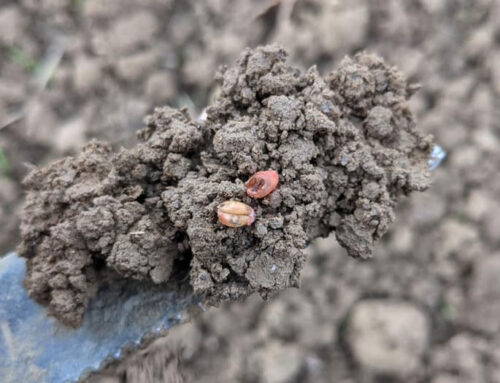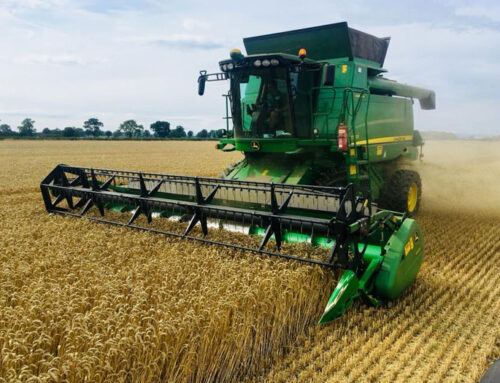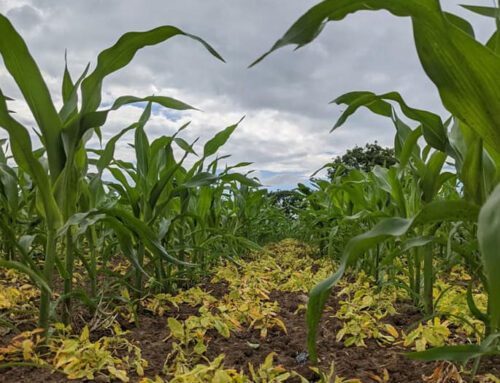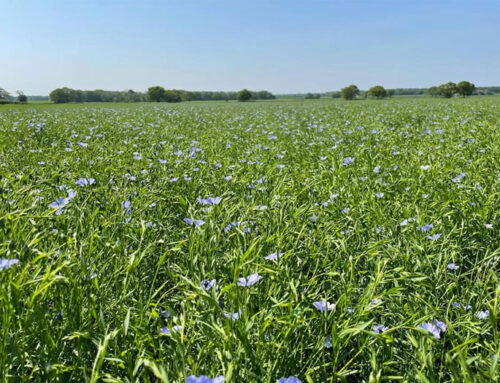Harvest is all but completed here in North Yorkshire, with the last few stragglers near the Whitby coast soon to be mopped up by the end of the week. With the new rugby season underway I always enjoy the away trips as it gives me chance to glance out the window and see the variation in farming practices are we travel up and down the country. Last Saturday took us down to Stourbridge, where from the bus seat, autumn drilling seemed to be well underway. As mentioned in my last article yields have been pleasing and, overall, has been a pleasing cropping year and the strong commodity prices are the added cream on top.
The patchwork of fields are slowly turning a darker brown which takes over from that golden glow previously filling the countryside. The vast array of drills can be categorised into land type and weed burden. Direct drills are littering the lighter sandy fields while the trusty warhorse plough and combination setups tackle the more problematic soil types. Intermittent showers are meaning conditions for sowing are near perfect and the majority of my clients are well underway with sowing next harvest crop. The further north you go the shorter the working window to try and achieve stale seedbeds to combat blackgrass flushes. From mid-September crops need to start going in the ground up here especially the heavier fields because once the conditions become less favourable it’s a battle to get crops in. Pre-emergence plans have been left on farm ready to be applied once the drill and rolls have left the field, these are more of a necessity for the heavier and black grass infested fields. These plans will be based around flufenacet and a suitable partner, most likely pendimethalin and diflufenican. I do favour a peri/post-emergence herbicide approach on the lighter fields where grass weeds are not the main problem. Early pendimethalin is vital to tackle the main broad-leaved problems encountered on these soil types, namely the dreaded poppy.
Oilseed rapes are starting to resemble kale crops and are starting to steer me towards thinking of planning an autumn fungicide when the time is right. Clethodim applications for blackgrass seem to be working well and will hopefully bide us the time we need until propyzamide applications later in the year. Where herbicide programmes have been left to a post-emergence spray, I am choosing the Belkar approach and where this has been applied early results are again pleasing to see. Flea beetles seem to have had enough of hibernating and are posing a bit of a problem on those later drilled slow emerging crops. Plants, however, are getting stronger by the day, and I am hopeful will recover, we will have to wait until spring though to see if they have escaped larval damage.
The first of my linseed crops are just emerging and have all had their pre-emergence sprays. The next applications will be a volunteer cereal tidy up however this will most likely be in 10 days’ time when a few more cereals have decided to pop up.




